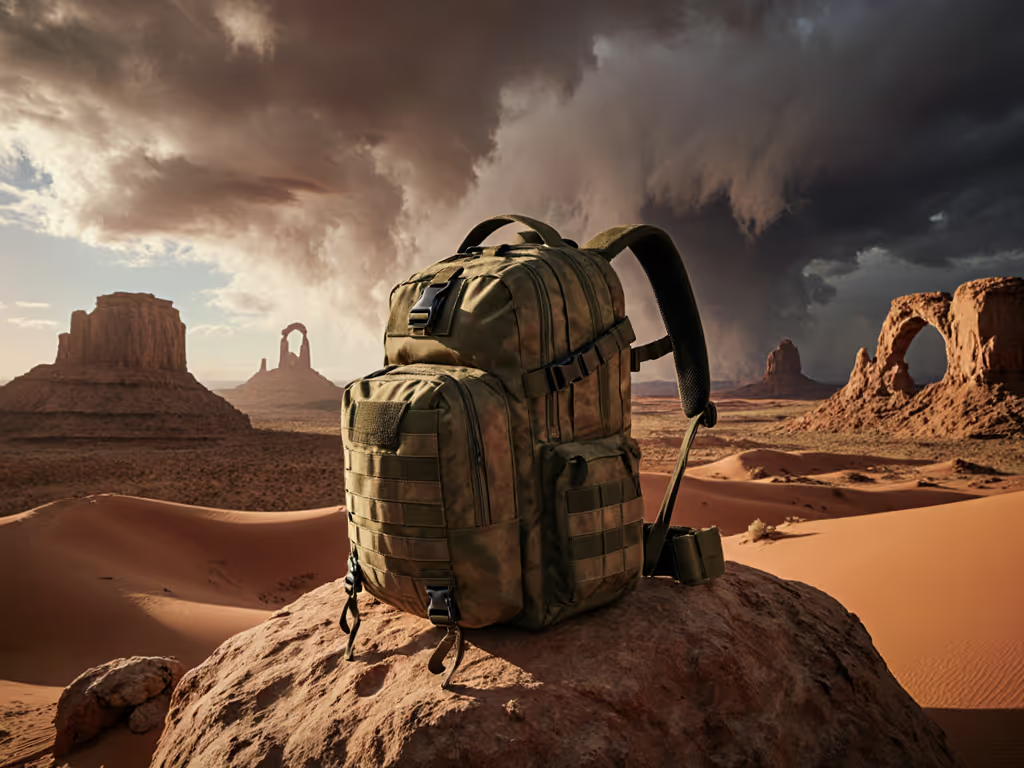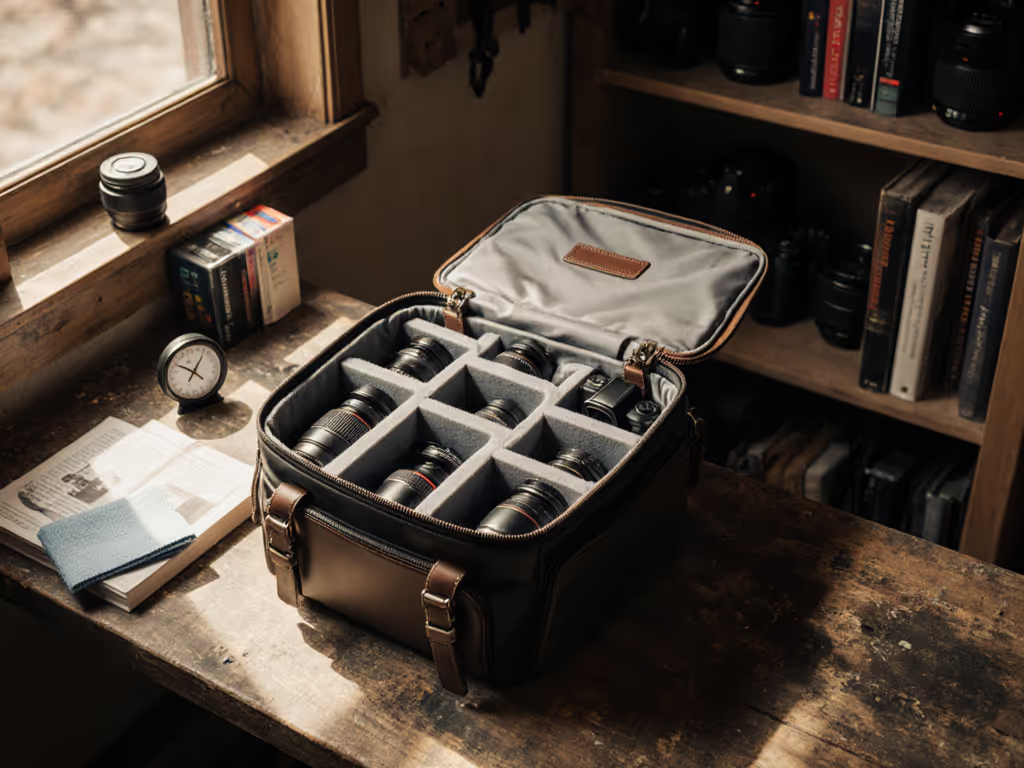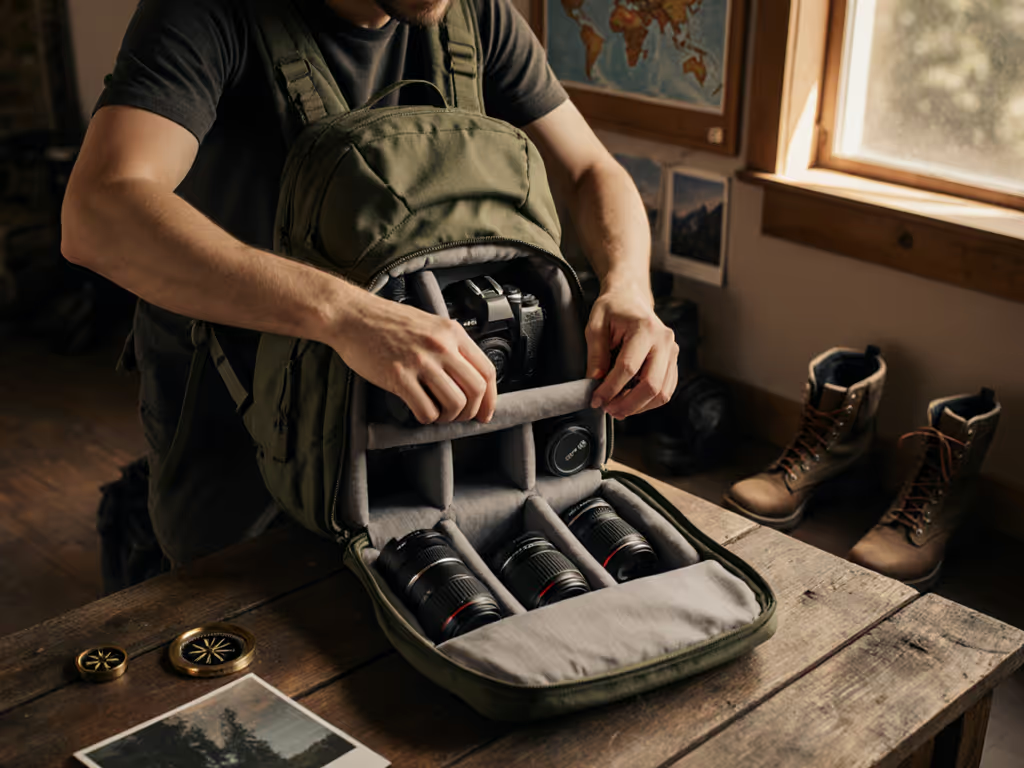
History of Camera Bags: From Leather Cases to Modern Gear
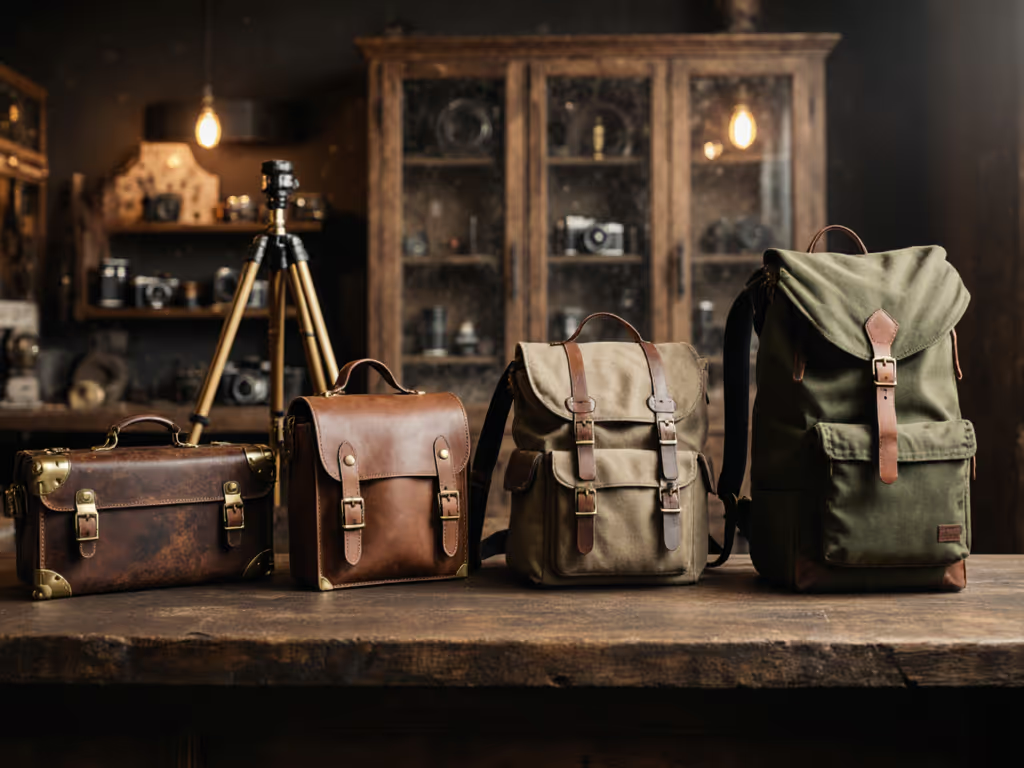
Understanding the history of camera bags reveals a quiet revolution that reshaped how photographers work, not through flashy tech, but by solving real pain points. That worn leather case your grandpa lugged wasn't just dated; it sparked a chain reaction of innovation driven by creators who refused to choose between comfort and capability. Today's quest for a good camera bag isn't about aesthetics alone (it's about escaping the bag graveyard through intentional design). Let's unpack how we got here, so you can find what truly fits your body, kit, and workflow.
The Rigid Era: When Cases Were Part of the Camera
Early photography was a slow, deliberate affair. In the 19th and early 20th centuries, cameras came with bespoke vintage camera cases (hard leather shells resembling small suitcases). These weren't bags at all, but protective shells bolted to the camera body or held like rigid boxes. As TARION's research notes, these cases prioritized safety during travel by train or ship, where photographers had ample time to set up. But they were heavy, awkward to carry on foot, and offered zero flexibility for interchangeable lenses.
That leather 'suitcase' wasn't lazy design; it was perfect for static shoots but a nightmare for street photographers chasing moments.
The rise of 35mm film and rangefinders like Leica in the 1930s changed everything. Suddenly, photographers could move quickly with multiple lenses. But their gear demanded new carry solutions. Never-Ready Cases (those snap-on leather shells) became popular for speed, yet they offered minimal protection and no room for extras. Imagine trying to swap a 50mm for an 85mm mid-shoot while fumbling with a bolted case. No wonder creators got frustrated.
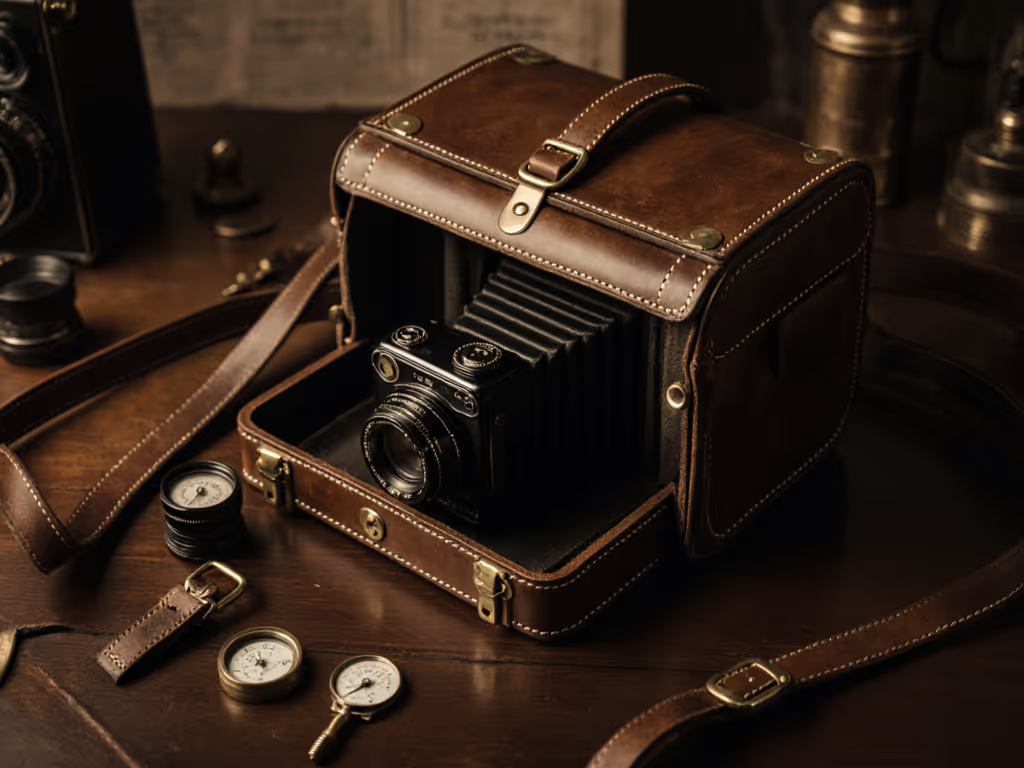
The Soft Revolution: Fishermen, War Zones, and Accidental Innovation
By the 1970s, photographers were repurposing gear that wasn't made for them. War correspondents and documentary shooters grabbed fishing bags from English brands like Billingham and Brady. These soft, waterproof canvas bags handled mud, rain, and rough handling (but lacked internal padding). Billingham noticed this grassroots adoption and added camera-friendly foam, creating the first padded soft cases.
This era was pure improvisation. Bags had pockets, but no logic. I once spoke with a photojournalist who described stuffing lenses into a modified fishing bag like "packing a suitcase blindfolded." Sound familiar? If you've ever doubled up on batteries because you couldn't find the first set, you're living that legacy.
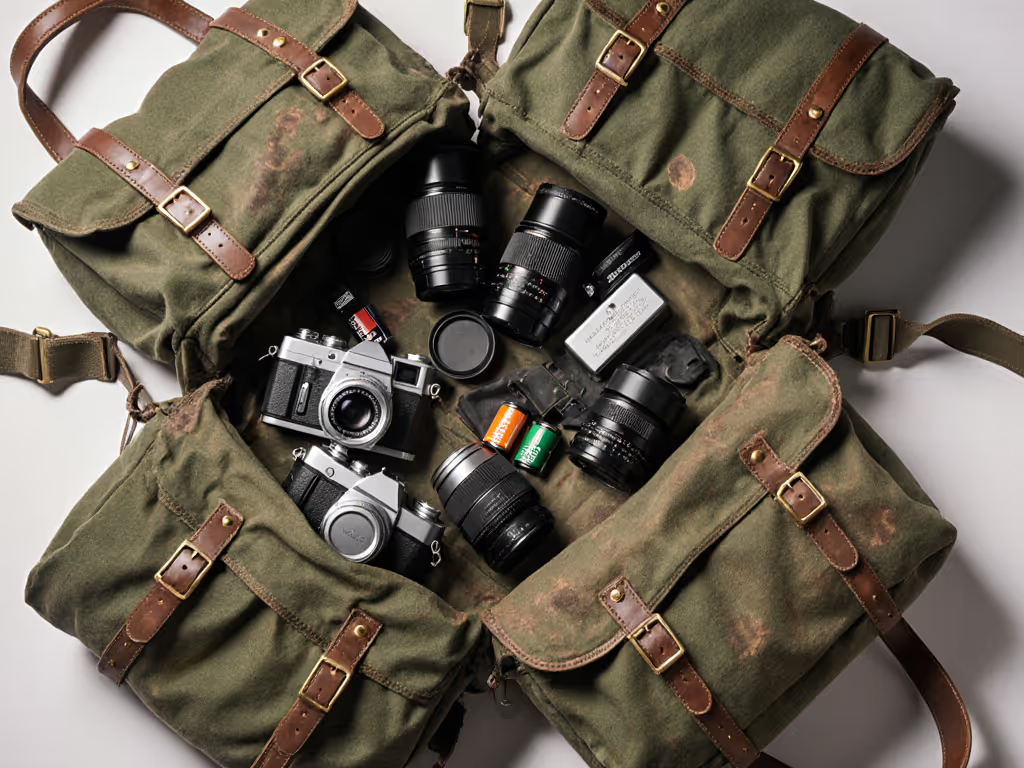
The Domke Breakthrough: Vertical Thinking for Real Shooters
The real turning point came in 1975. Photojournalist Jim Domke, tired of clunky cases, teamed with a tent maker to prototype a canvas bag for his Philadelphia Inquirer assignments. Initial designs were horizontal (like a toolbox), but feedback from photographers at the 1976 Republican National Convention changed everything. They needed to access gear fast while standing, often in crowded spaces. Domke flipped the layout vertically: gear stacked in padded slots, opened from the top like a tackle box.
This vertical design solved two critical problems:
- Speed: Grab a lens without dumping everything out
- Stability: Weight distributed evenly across the hips
Domke sold his company to Tiffen in 1990, but his F-2 design (with its 12 compartments) remains a staple for White House photographers today. Why? Because it turned chaos into calm. No more hunting for a battery mid-interview. No more gear sliding around during a sprint. Just intentional organization.
Ironically, Domke's insight mirrors what many creators learn the hard way: a bag's value isn't in how much it holds, but how quickly you use what's inside. (I won't forget my first 'pro' bag with twenty pockets and no plan, time wasted hunting for gear cost me shots I'd never get back.)
Modern Systems: Where Simplicity Meets Scalability
Today's camera bags reflect a pivotal shift: from storage to workflow. For a deeper dive into modular vs fixed compartments and how they affect comfort and speed, read our comparison. Early 2000s designs focused on cramming in gear, often at the cost of comfort. But as hybrid creators (shooting both photo and video) became the norm, the industry pivoted. Key modern priorities include:
- Modular zones: Dedicated spaces for batteries, cards, or drones that swap out as needs change
- Body-inclusive harnesses: Adjustable straps that fit petite frames and curvier torsos without slippage
- Stealth aesthetics: Minimal branding to avoid theft risks while traveling
- Weather resilience: Sealed zippers and rain covers that deploy quietly (no Velcro ruining audio)
This isn't just about better materials. It's about recognizing that a camera bag isn't a container (it's part of your creative nervous system). When your kit lives in labeled zones (like my current two-bag system), you stop managing gear and start making.
system over stash isn't a catchy phrase; it's the difference between reacting to gear and flowing with it.
What This History Means for You Today
The evolution from rigid cases to intelligent systems teaches us one thing: clarity beats choice overload. Every dead-end bag design, from the molded leatherette cases of the 1950s to the pocket-mad bags of the 2000s, failed because it prioritized options over outcomes.
Your perfect bag isn't defined by brand hype or liter count. It's the one that:
- Lets you access a lens in under 3 seconds during golden hour
- Stays comfortable after 8 hours with 15lbs of gear
- Grows with you as your kit evolves (no more graveyard casualties)
Start small. Fit right. Build the system methodically. That's how you turn baggage into advantage.
Further Exploration
If this peek into the history of camera bags resonated, dig deeper into how gear design mirrors creative workflows. Ask yourself: What old 'rule' about my kit is actually holding me back? The answer might just be the first step toward gear that finally disappears into your process (so only the work remains).

